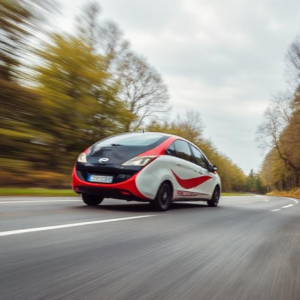1. Average Speed:
- Definition: Average speed is how fast something is moving over a certain distance, but it doesn’t tell you anything about direction. It’s just the total distance traveled divided by the total time taken.
- Formula:
- Example:
If you drive a car and cover 100 kilometers in 2 hours, your average speed would be: So, your average speed is 50 kilometers per hour.

2. Average Velocity:
- Definition: Average velocity is similar to average speed, but it also takes direction into account. It’s the displacement (the straight-line distance from where you started to where you ended, in a specific direction) divided by the total time.
- Formula:
Displacement is the shortest distance between the starting point and the ending point, along with the direction. - Example:
Let’s say you walk 4 kilometers east and then turn around and walk 4 kilometers back to the starting point. You’ve covered a total distance of 8 kilometers, but your displacement is 0 because you ended up back where you started. If it took you 2 hours for the entire walk, your average velocity is: In this case, your average velocity is zero because there was no change in position, even though you traveled a total distance.
Key Differences:
- Average Speed doesn’t care about direction; it only looks at how far you’ve traveled over time.
- Average Velocity cares about the direction and is focused on how far you are from your starting point.
So, to sum it up:
- Average speed = Total distance / Total time
- Average velocity = Displacement / Total time











